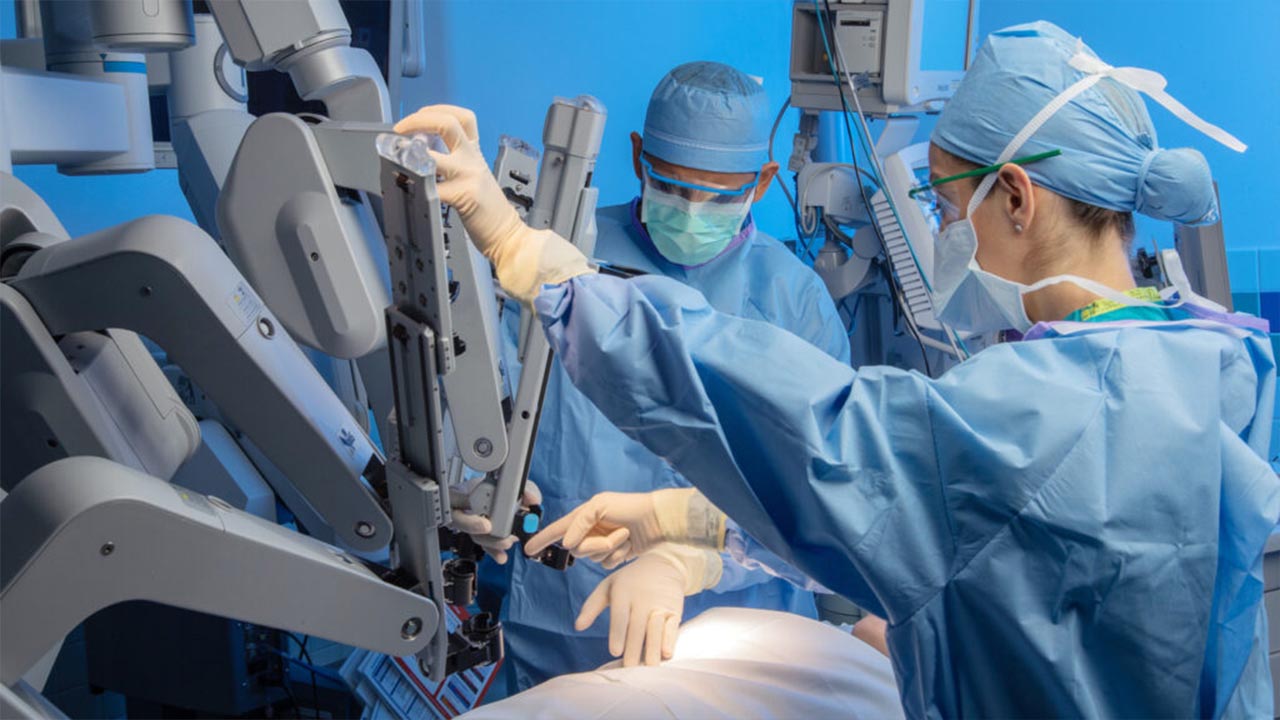Minimally invasive surgery ensures operating a patient in a manner that grants no damage to the body with lesser pain and early recovery. A way of healing rapidly with less complication, time spent in hospital, and incisions or several cuts is achieved through such surgeries.
Unlike traditional surgeries, where surgeons make a significant cut that requires lots of time to heal, minimally invasive surgery involves using small tools, cameras, and lights. It is considered safe with or without robotic assistance rendering fewer cuts and more precise healing with comfort. There are two types of such surgical techniques:
Laparoscopy: It’s a keyhole or minimally invasive surgery that allows surgeons not deep to cut the skin but remove the diseased/damaged organ, removing tissue with fewer incisions, tiny cameras, and equipment.
Robotic Surgery: Another minimally invasive surgery is robotic surgery providing a 3D magnified view of the surgical site allowing surgeons to work flexibly, with more control and precision, giving optimal outcomes with less blood loss, short hospital stays, and early recoveries.
Advantages of a Minimally Invasive Surgery
Below mentioned are the advantages of minimally invasive surgeries:
- Optimal outcomes with increased accuracy.
- No scars due to fewer incisions.
- Less clinical hurdles.
- Short healing period.
- Lesser pain and almost no complications.
Minimally Invasive Surgery for Peripheral Artery Diseases (PAD)
PAD includes the buildup of fatty acids in the arteries of the leg or lower extremities. What happens here is the blood flow from the heart to the leg suffers due to the narrowing or blockage of vessels. With technological advancement, surgeons can detect, target, and treat several medical conditions through radiological images.
Minimally invasive treatment for PAD includes inserting a catheter (thin tube) with a tiny inflated balloon into the blocked artery with the help of image guidance. After insertion, this tiny balloon removes this blockage by widening the blood vessel by pushing the fatty acid plaque against the artery’s walls.
Minimally Invasive Surgery for Uterine Fibroids
Fibroids are muscle tumors growing in the walls of the uterus during pregnancy. Uterine Fibroids are noncancerous growth of the uterus that seldom develop into cancer. Minimally invasive surgery is done to neglect anemia, continuous lower back pain, and pressure in the belly.
These surgeries for uterine fibroids include visualizing the fibroid using a thin camera. An anesthetic spray over the area is sprayed, and no surgical incision is made. A needle allows the IR (Interventional Radiologist) to reach the artery, and then IR passes a catheter up to the uterine artery. The patient recovers quickly with reduced pain through detecting the localization of fibroids in the uterus resulting in successful surgery with the fibroid removal.
Conclusion
These surgeries are the best option if you’re looking for early recovery with fewer complications of hospital stays and cuts on the body to heal. The excellent approach to robotic myomectomy ensures lesser blood loss, early healing, and more precise incision. A robotic myomectomy allows women to have children after removing fibroids from the uterus through effective, surgical technique.




